Survive Knives Talks About Troubled Past and Looks Toward a Bright Future
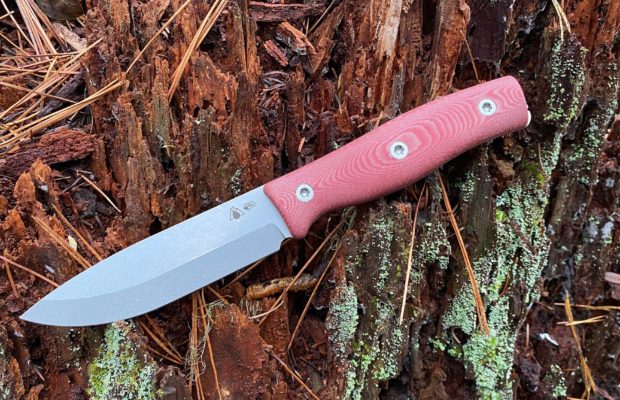
After years of trouble, Survive Knives is back, powering through its backlog and making big plans for the future. Readily available product, the return of favorite models, and brand new projects are all on the horizon for the Idaho-based company and its new capabilities.
A Rough Few Years
Survive Knives founder Guy Seiferd spoke to us about the journey his company has been on. When Survive first appeared on the scene in 2012, glowing reviews and positive word of mouth made their fixed blades a hot commodity. But enthusiasm outpaced capacity, and before long there were long wait times for orders.
Eventually Survive connected with Millit, which was then making a name for itself as an OEM partner in the knife space. Early quality issues in the collaboration lead to a more hands-on approach. “We ended up taking all our stuff down to them and teaching them our processes,” Seiferd says. Eventually, Survive took over the building lease at Millit’s shop location and bought out some of their equipment when they ran into troubles with other OEM projects. But deadlines continued to be missed, and, even worse than that, Seiferd says the quality still wasn’t there. “We were trying to be a team player, buying equipment, hiring people. But it just put us further behind.” The problems were stacking up. “It was just a failure to launch,” Seiferd summarizes.
After four years of struggle, Seiferd decided it was time to make a change. He worked out an agreement with the Millit management: the OEM would move elsewhere, and Survive would have full run of the facility, machinery, and even some personnel. “We regrouped and asked them to leave,” Seiferd says. The whole thing was, frankly, a mess, but Seiferd tells us that it resulted in huge positives. “We collected some good people from Millit, made some friends [like frequent collaborator TJ Schwarz, who recently filmed a documentary short at the Survive shop], and learned the extent of our capability.” Overall, Seiferd is optimistic about the future and sees Survive’s struggles as a valuable learning experience. “As hellish as this was to go through, we had to make this weird journey to get to where we are now, to get all these good people and be set up for success.”
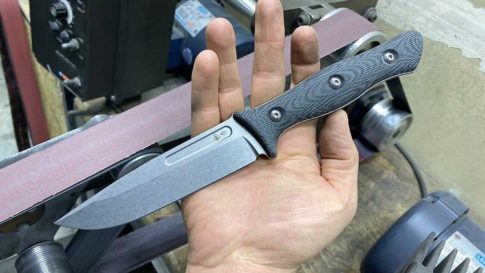
The resurrected Survive initiated a two-prong approach: soldiering through its backlog and scheduling/producing the next generation of Survive knives. After just over six months of concentrated effort, Seiferd now happily confirms that the legendary backlog is almost done with. Of course, he’s not blind to the work that lies ahead rebuilding Survive’s reputation. “We are stuck with that narrative, and honestly it’s less than ideal,” he says. “But even customers who had to wait a long time, once they got their knives, seem to have stopped bashing us. Some are even ordering new things.”
Plans for Survive’s Future
Going forward, Survive plans to eventually have stock near to hand for speedy shipping. “Our post-backlog goal is for the customized, build-your-own pieces to ship within the 1-3 months, with non-customized orders shipping within just a few days,” Seiferd tells us. “We want to prove that we’re good to our word.”
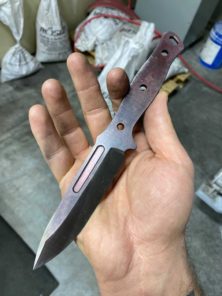
He also notes that there are a ton of projects in the hopper. “There’s gonna be a shotgun blast of new models soon.” A pair of knives that Seiferd designed with TJ Schwarz (and originally intended to release through Millet), the TAC 4 and TAC 5, will be arriving soon. These mid-sized fixies inspired a new series, called the Vendetta line; production is just starting on these ones. And of course we’ll see the return of classic Survive stuff like the GSO-3, -4, and -4.7. After that, things are going to get crazy. “We’ve got five folding knife designs on the board,” Seiferd says. “Making good knives is starting to get fun again.”
But he’s also realistic about the space he wants Survive to occupy. “What I’ve noticed is, the larger you get, the larger the burden is. We’re never going to grow into a Benchmade.” The current Survive team is less than 10 people, and Seiferd doesn’t see it getting much bigger. “We have a quality-oriented culture here, we don’t want to make decisions just for growth. Our first priority is quality, and if we stay smaller that’s easier to do.”
Knife in Featured Image: Survive Knives GSO-4.5



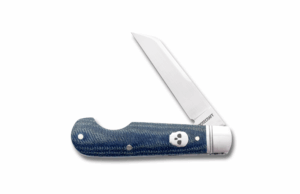
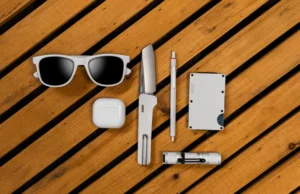
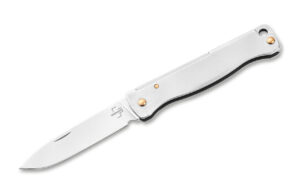
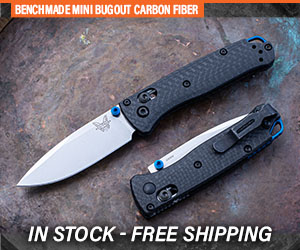





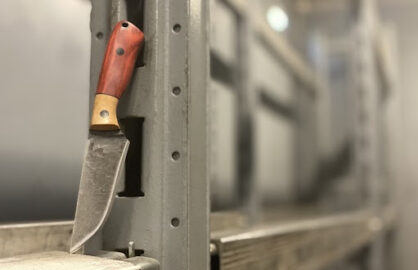
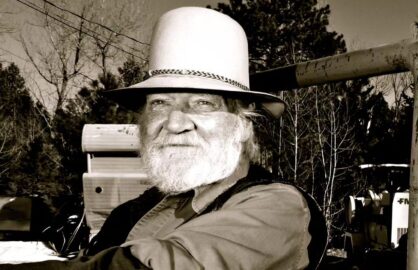
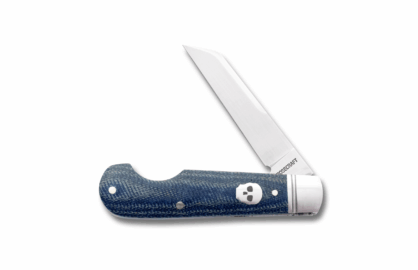

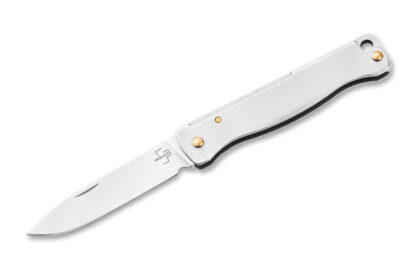
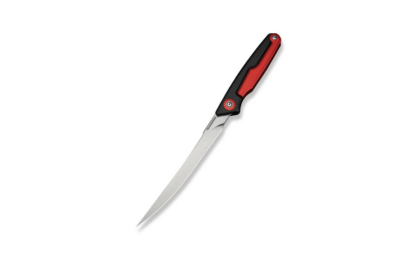




0 comments